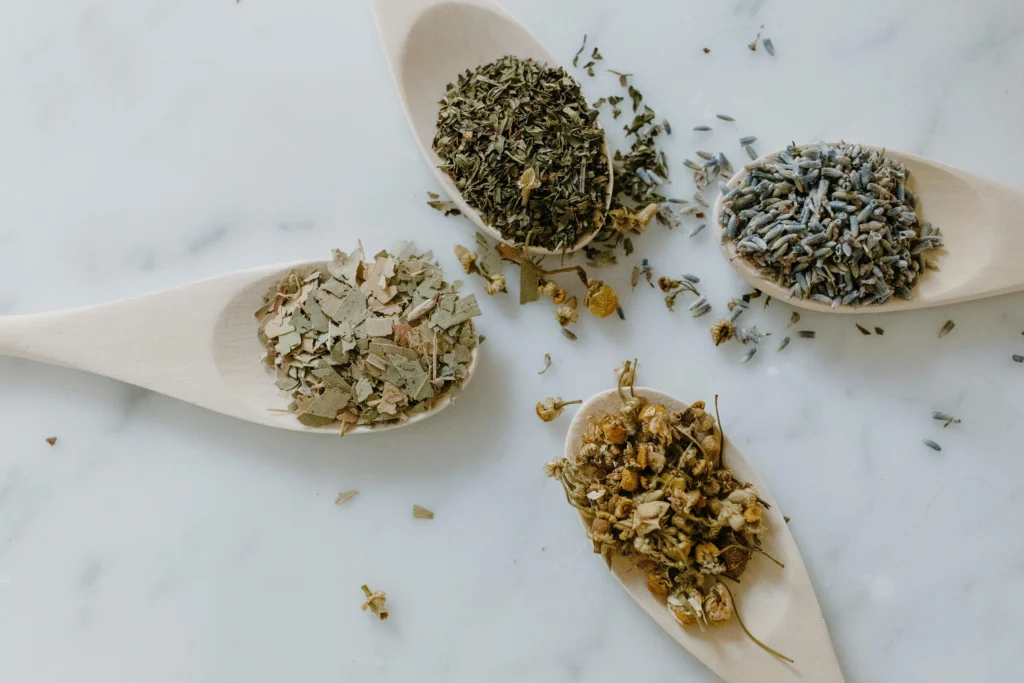Tabernanthe iboga (T. iboga) is a particular plant that grows in warm, shady places. It has dark green leaves and colorful flowers. The plant builds fruits that look like small yellow-orange peppers. The roots of the plant include a medicine that can blunt your skin. These shrubs are also called evergreen shrubs. These are called evergreens, and they keep their green leaves all year round. Unlike plants that shed their leaves in cold or dry times, evergreens stay lush and green, no matter the weather they are always ready to bloom.

History of Tabernanthe Iboga Plant
The Tabernanthe Iboga plant, scientifically known as Tabernanthe iboga was formally classified 140 years ago though it was studied in France as early as the 1860s. By 1905, it was recognized for its exciting and sexual effects, keeping people awake and alert without affecting their reasoning. However, excessive consumption could lead to a unique form of intoxication with muscle contractions and convulsions.
The Alkaloid ibogaine was first isolated and named by Édouard Landrin in 1900, with lineage methods detailed in 1901 (Dybowski and Landrin). Landrin’s experiments on animals explored ibogaine’s effects on various bodily systems, as documented in his 1905 book. Early medical discussions suggested potential therapeutic uses for iboga and ibogaine in treating nervous disorders, regulating heart function, and improving nutrition, although misuse was also noted.

The earliest known mention of Iboga dates back to Bowdich’s account in 1819, where it was mistakenly described as a fungus rather than a plant. Bowdich did note its potency in small doses, however. The ritual use of iboga in Africa was first reported by French and Belgian explorers in the 19th century, notably Griffon du Bellay, who correctly identified it as a shrub in the Vinca family in 1864. Warriors and hunters used iboga to stay awake during nighttime vigils by chewing its roots, similar to how coca leaves are used.
Iboga Roots
Iboga root refers to the bark of the Tabernanthe iboga plant, natural to Central Africa. This plant includes mind-altering compounds like ibogaine, commonly used in religious services and healing ceremonies. Freshly, ibogaine has attracted attention for its ability to heal effects particularly in treating addiction by disrupting addictive patterns and facilitating self-analyzing experiences. However, it’s critical to note that iboga and ibogaine carry risks, such as cardiovascular issues and hallucinations, especially when used outside of controlled contexts or without medical supervision.
Uses and Pharmacology of Ibogaine
- Uses and Therapeutic Potential
Ibogaine is a mind-altering compound found in the iboga root, which is classified as a program of substance in the United States due to its hallucinogenic properties. It has a complicated range of actions that make it possibly useful for treating different addictions. At base doses, ibogaine stimulates the body’s nervous system, increasing muscle strength and endurance. Higher doses cause a shift to the vagus nerve, creating a dream-like state with psychedelic effects, but without loss of consciousness. These hallucinogenic effects are believed to help treat addiction.
- Pharmacological Mechanisms and Metabolism
Ibogaine affects the autonomic nervous system by interacting with several neurotransmitter systems and the fastigial nucleus in the brain. It impacts acetylcholine, serotonin, and dopamine pathways and binds to sigma, kappa, mu-opioid receptors, and the NMDA ion channel. These interactions help reduce symptoms of opiate withdrawal. Noribogaine, the active metabolite of ibogaine, keeps serotonin levels high in the brain, which may explain its happy pill effects and lower neurotoxicity compared to ibogaine. Ibogaine’s metabolism varies among individuals and is influenced by the CYP2D6 enzyme. Noribogaine stays in the bloodstream longer, contributing to the prolonged therapeutic effects seen in addiction treatment.
Psychoactive Properties of Iboga
- Evergreen shrubs
African communities commonly use the iboga shrub in religious practices and coming-of-age services due to its powerful hallucinogenic effects. The root bark where ibogaine is found is known for its ability to support the mind and induce strong experiences. Researchers are examining ibogaine’s potential therapeutic benefits, especially in the treatment of addiction to substances like opioids. However its use outside medical management can be risky due to its unpredictable effects and potential side effects.
Resembling Ibogaine to Other Psychedelics
- Violence and Period of Ibogaine
Ibogaine time is extreme and long, often lasting over 24 hours. Unlike more commonly known psychedelics such as ACID, psilocybin, or MDMA, which are sometimes used casually, ibogaine is not a company drug. The knowledge requires parties to confront past wounds and undergo an intelligible waking dream that forces an examination of painful experiences.
- Healing Potential and Mechanisms
Ibogaine is mainly studied for its possibility in dependence treatment, especially painkilling drug addiction. It acts on several chemical messenger systems, including painkilling drug sensory receptors, and is thought to reset the brain’s addiction pathways. This distinguishes it from other psychedelics like MDMA, used for PTSD, and psilocybin, which helps with depression and anxiety.

- Scientific Knowledge and Study
The scientific data on the ibogaine effect is little and primarily emanated from small studies without inactive drug controls. In Brazil, where ibogaine has been used for a long time to treat addiction, studies show a 60 percent success rate among patients who were followed for several months after treatment.
Conclusion:
Ibogaine stands out among the problems of psychedelics because of its intense, long-lasting, and reflective experience, making it a powerful tool for treating addiction. There is growing interest in using psychedelics for mental health treatment, with ibogaine being one of the substances getting more attention. but scientific, regulatory, and safety challenges need to be resolved before it can be widely accepted in mainstream therapy.